
Most travelers know that the Caribbean islands are well-versed in rum, but Barbados goes one better because this is where rum was discovered. One day in the early 17th century, a tavern owner in Bridgetown was searching for an empty shipping barrel when he inadvertently stumbled across one filled with a concoction worth selling — a barrel of sugar cane fermented over time.
Well, Mr. Rumball, the tavern owner, knew a good thing when he tasted it. Soon the Caribbean’s signature beverage was being served and sold all over the island, and very quickly well-beyond.
Presumably asking for a “tot” of Rumball’s elixir was too cumbersome and the name was shortened to rum. The drink’s popularity was so pervasive that the King of England decreed that the Royal Navy should partake on a daily basis and George Washington insisted that a barrel be available at his 1789 inauguration.
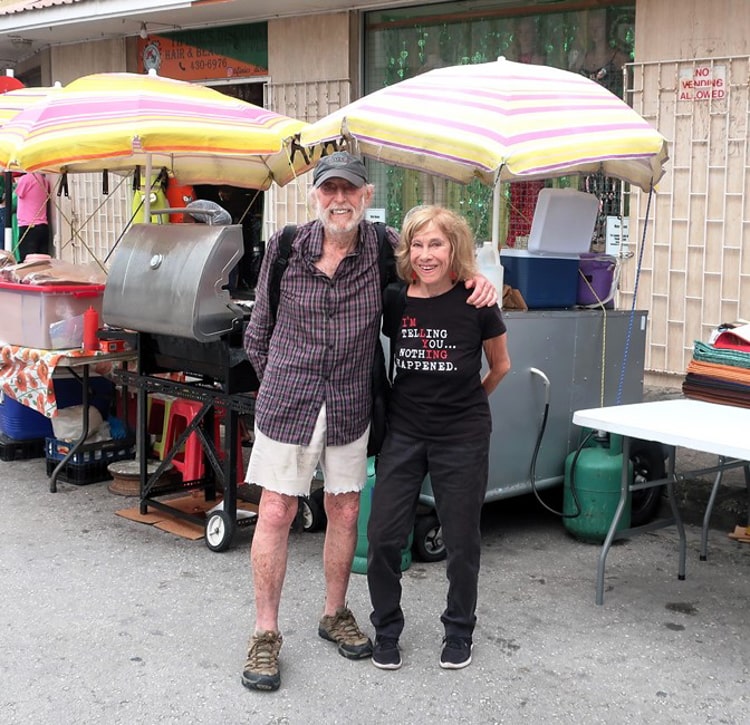
So it seemed only natural that I head to the world’s oldest distillery, Mount Gay, founded in 1703, for a tasting. I had recently come from the Scottish Highlands where I sampled some of their famous scotch whiskys. Now being anything but a whisky connoisseur, I couldn’t tell any difference among the several “drams.” After multiple tries, I slinked out of the distillery. But I like rum. I drink rum. I know rum?
The distillery tour started with a welcome rum punch. Doesn’t count for anything in my book. We had to go through a two-hour introduction to the whole history of rum and the very intricate process of making it to finally earn the right to actually taste some.
Some of it, thanks to our energetic guide, Romal, the sound of whose very name reflects his occupation, was actually interesting. From its first inception, recipes were never written down, but passed from blender to apprentice. Each blender takes what exists and builds upon it so that the results are more than just another version of the same rum. They are a whole new experience.
The World is Indebted to Barbados for Its Discovery of Rum
Most of the information is proprietary to Mount Gay and, as we were told, the process emphasizes quality over quantity, meaning nothing is rushed. Their motto: It’s ready when it’s ready. I figured somewhere there’s a little old grandmother in charge.
But finally, we got to the tasting. Romal instructed us how to hold the glass, to twist it to reveal “legs,” and to smell it. One rum, aged 3 to 7 years, was “robust and bold.” The second, older, was “more complex with a more definitive ‘mouth feel.'”
That was the tasting. Not much to go on. At least my quasi-sophisticated familiarity with rum (after all, I had been in Barbados for almost two weeks) told me the second rum was smoother than the first. Did I taste the hints of salted caramel, cinnamon and fruitcake? Not a chance. More slinking…
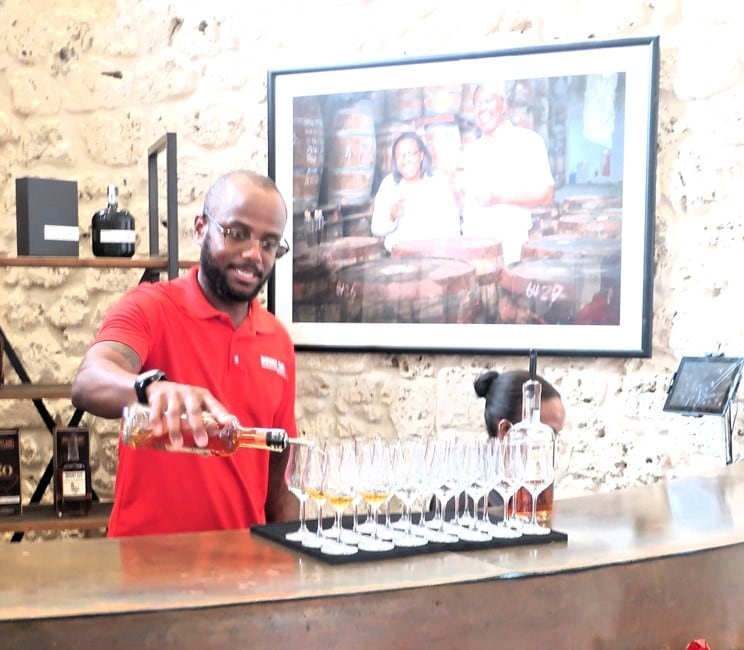
However, after even a moderate imbibing of the smooth golden liquid, sustenance is required. And in keeping with Barbadian tradition, a food tour exploring typical Bajan specialties is called for.
First stop was — well not food. Before, and during, our ingesting of island edibles (in this day and age, is it necessary to emphasize that, in this context, that refers to actual food?), 400 years of Bridgetown history must also be digested.
The conquest by the British, the thriving slave trade along the Careenage, the UNESCO World Heritage site House of Parliament, the oldest Synagogue in the Americas and, of course, Roebeck Street where Mr. Rumball first transformed the world’s devotion to rum. But let’s get to the important stuff: Black Cake.
Paulette, our guide, led us on an enthusiastic journey, warning us that upon completion, they may have to roll us back to the bus. With an emphasis on spices, seasonings and sugar, we stopped first at “Crumbz,” because, according to Paulette, after eating Bajan food, that’s all that’s left.
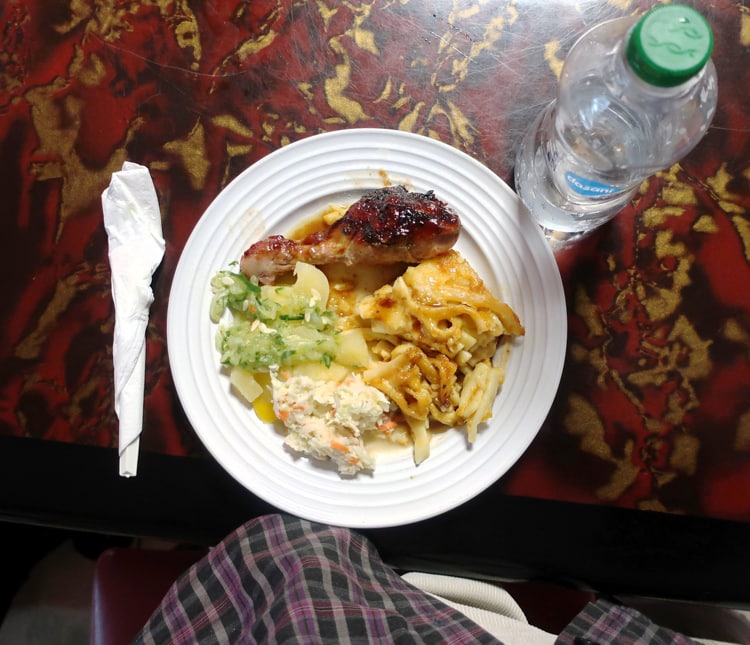
Photo by Victor Block
After a minced beef roll, coconut bread and the Caribbean’s famous rum Christmas specialty, Black Cake, about which a NY Times bestselling book has recently been written, I could have gone home sufficiently satiated.
Next onto a “hole in the wall” restaurant, the kind locals frequent, for chicken, macaroni pie, and casava. It was a full meal masquerading as a mid-day snack. Observed Paulette: “We need to have such a heavy diet to weather all the rum that’s drunk.”
At the thought of fish cakes yet to come, my stomach started to rebel. Until I tasted them. Okay, so apparently, I wasn’t done.
A Walking Food Tour in Bridgetown, Barbados is a Great Introduction to the Many Bajan Specialties
At the food market, we sampled locally grown fruits and juices before moving on to another mini-meal of fish, peas and rice and more root vegetables. As delicious as everything was, I wasn’t disappointed to hear that we only had one stop left. For the first time since I had arrived in Barbados, I wasn’t thinking about where I wanted to go for dinner.
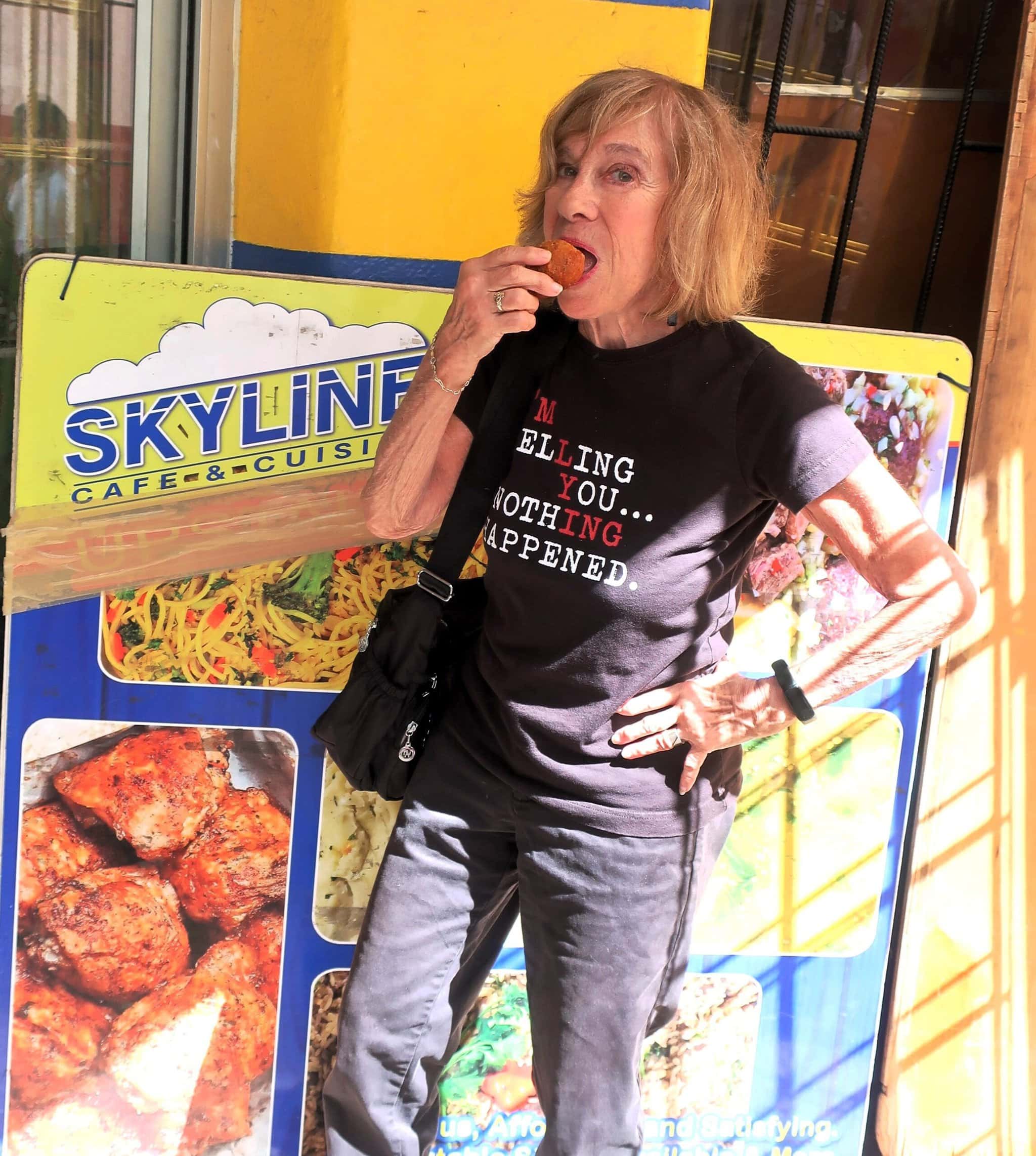
But tourists cannot live by food and drink alone. A little island culture is also required, offered by many tours. But do not even think about taking THIS tour after eating and drinking. That would be the Island Safari tour, part sightseeing, part adrenaline rush. As we got into the open-air van, our driver/guide Wayne casually mentioned we should be prepared for a bumpy ride, mud and water. Truer words were never spoken.
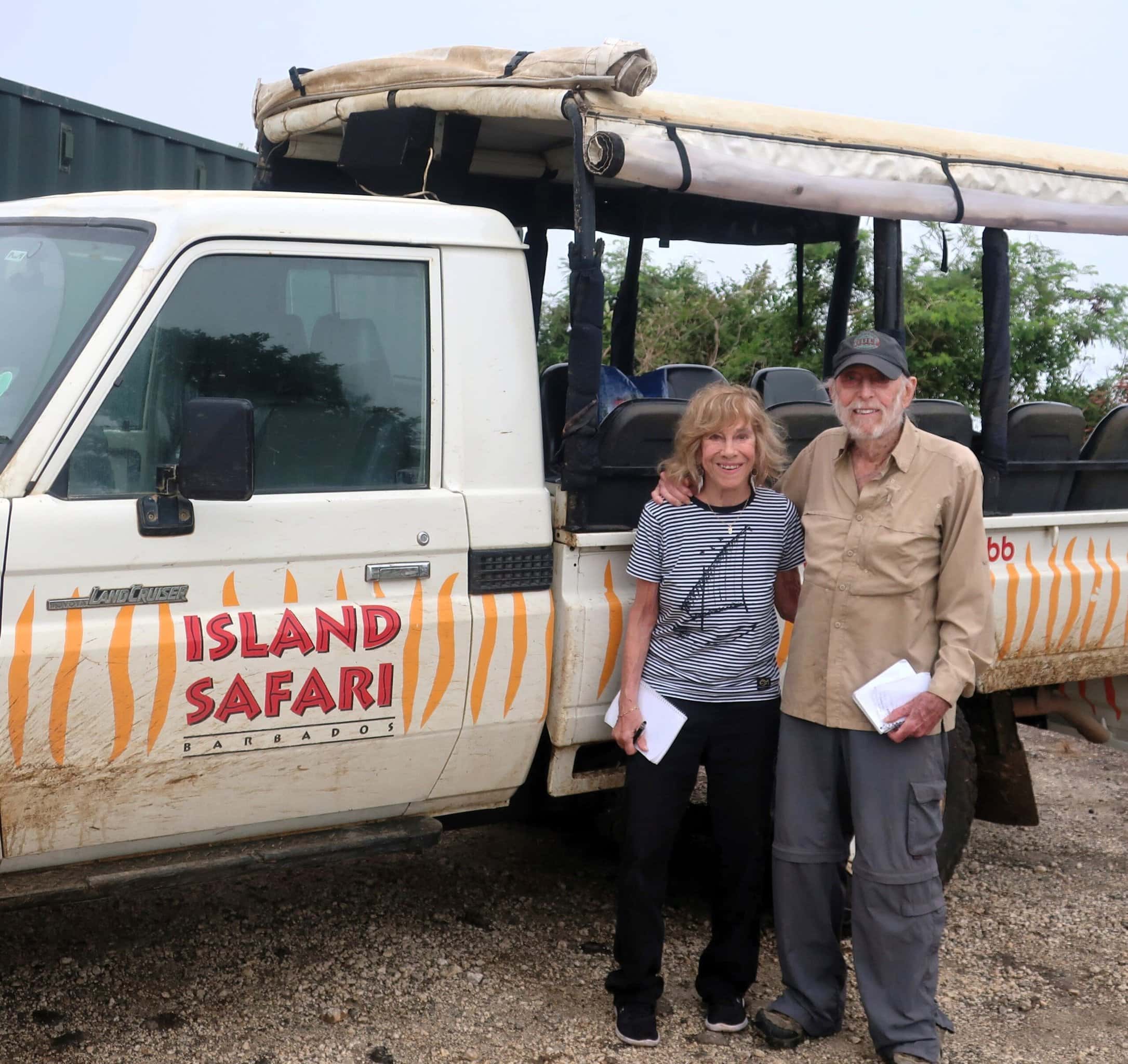
Yes, lots of history, horticulture (the only thing Wayne loves more than mud are trees), culture, tradition, legends punctuated by panoramic views of the island. Then he casually mentioned that we might go off-road a bit.
A mile of hair-raising, terrifying, mud-driven insanity just for the sake of adventure. Then on to more sight-seeing. But by the time my various organs returned to their normal locations in my body, we were off again.
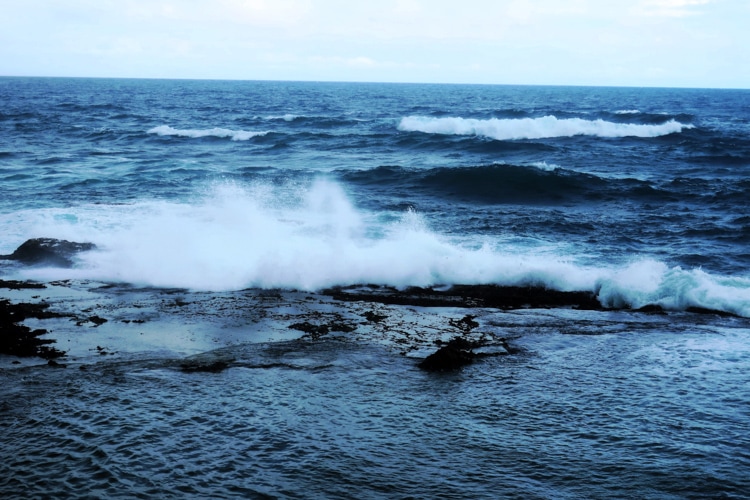
Wayne delighted in leaving the rough, pot-holed, winding supposedly paved roads to take rough, pot-holed winding muddy dirt paths that cut through sugar cane fields. His usual patter rescinded as did any attempt of mine to take notes. Hard to do when you’re holding on for dear life. Incredibly harrowing — but oh so much fun. Not for the faint of heart or body, however.
My favorite stop among many was an array of colorful carved animals sculpted into a mountainside along the road. A life-size giraffe, elephant, baboon, rhino, hippo, zebra — certainly legitimized the safari part of the tour name.
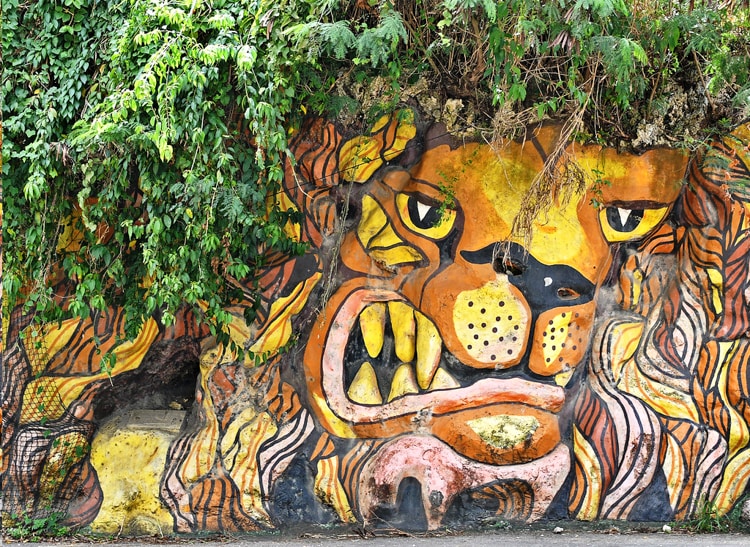
The Safari Tour in Barbados is Unmatched for Fun and Adventure
There are signs everywhere admonishing you not to sit or park under coconut trees. Now that’s something you pay attention to. But if you still crave the milky white liquid, there are numerous roadside stands, often tended to by men with machetes, offering juice without any threat to bodily injury (despite the machetes….).
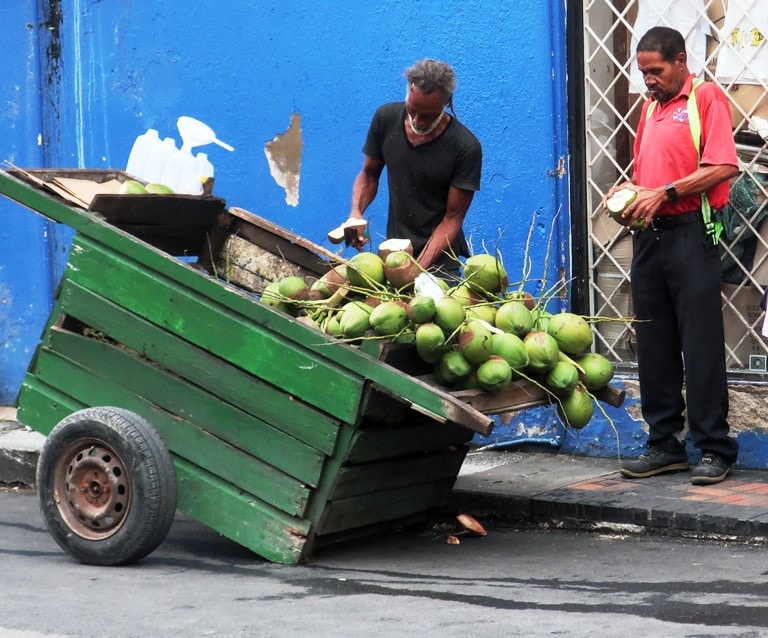
Did I mention Wayne’s jovial discourse? A sample of Wayne humor: Royal Palm trees which reach higher in the sky than their less mighty cousins but lack their coconut bounty are a symbol of wealth. “Just like a politician,” remarked Wayne, “they stand high above you and do nothing.” Bada boom.
So much to see and do, and with a 2-1 ratio of Barbadan dollar to that of the U.S. and very reasonable prices throughout the island you can actually afford to do almost all. And yes, there are also beaches, lots of beautiful sand beaches. If you’re into that sort of thing.
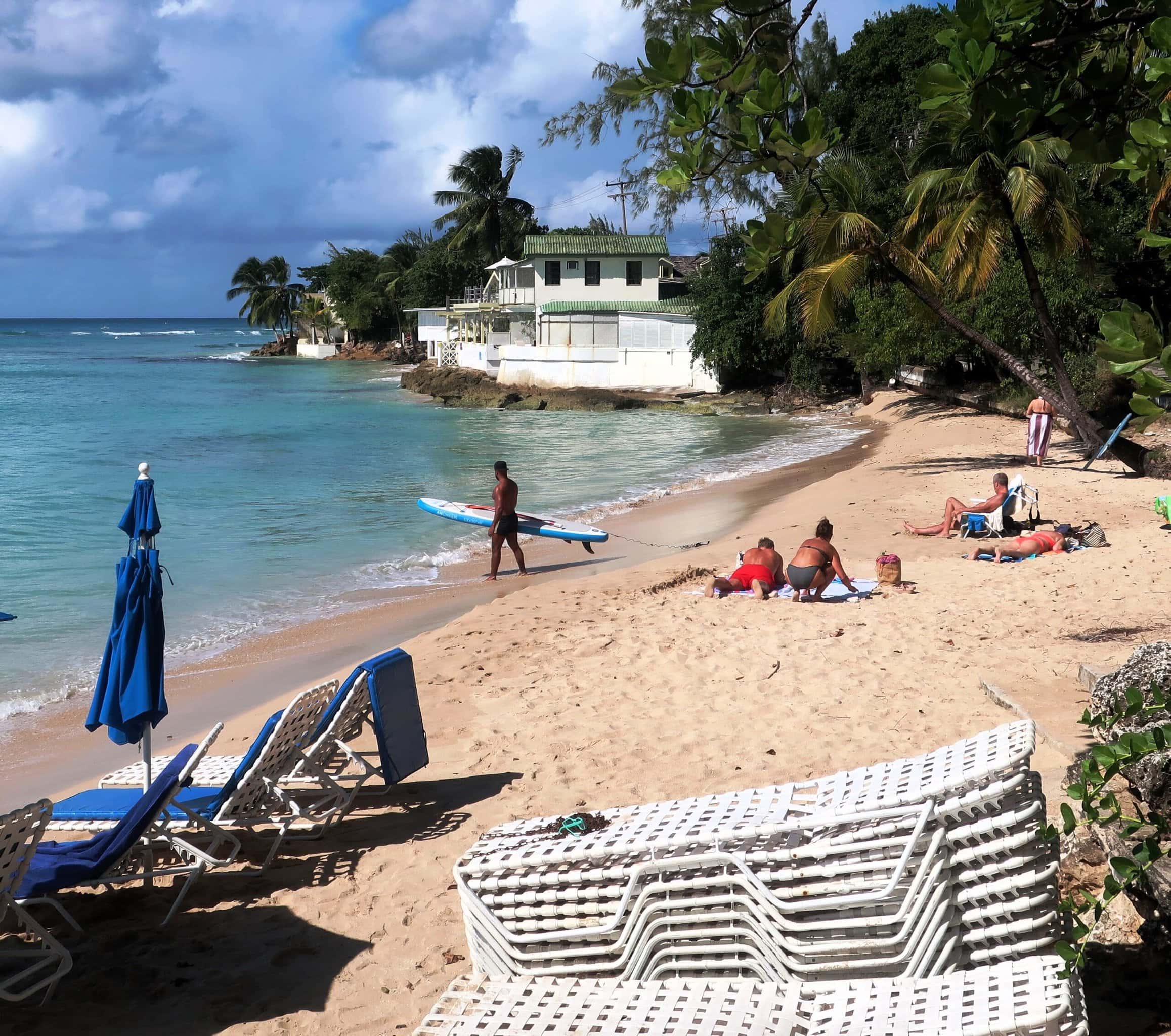
For more information, visit mountgayrum.com, islandsafari.bb and lickrishfoodtours.com.
